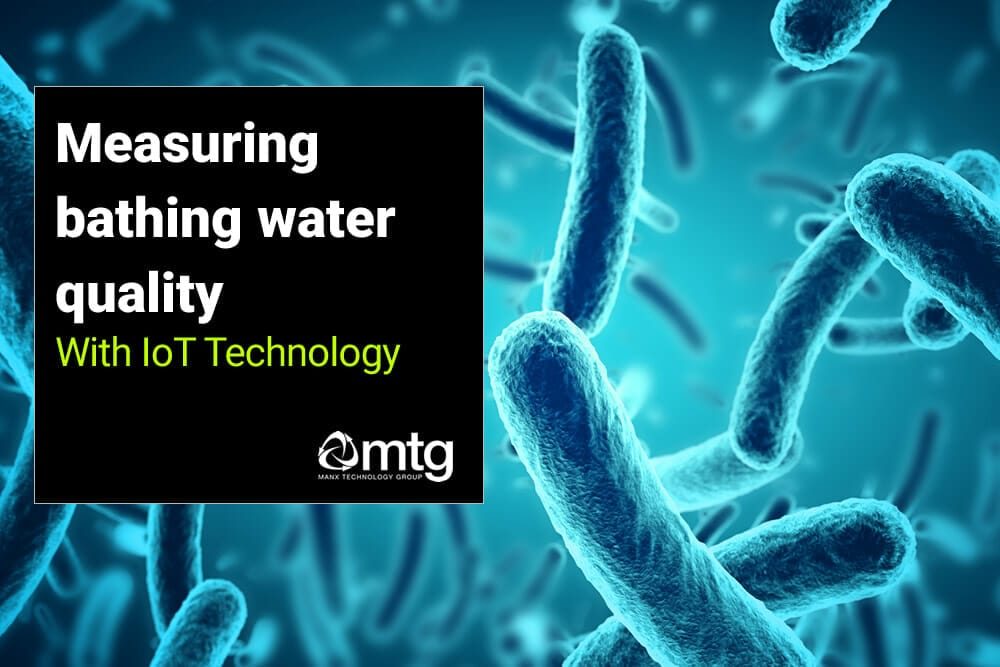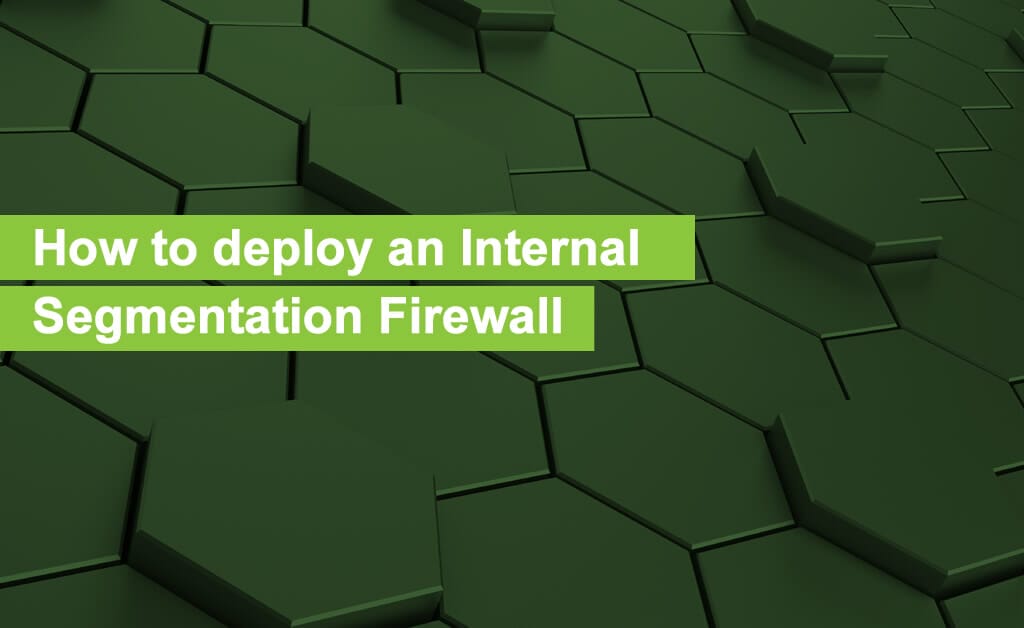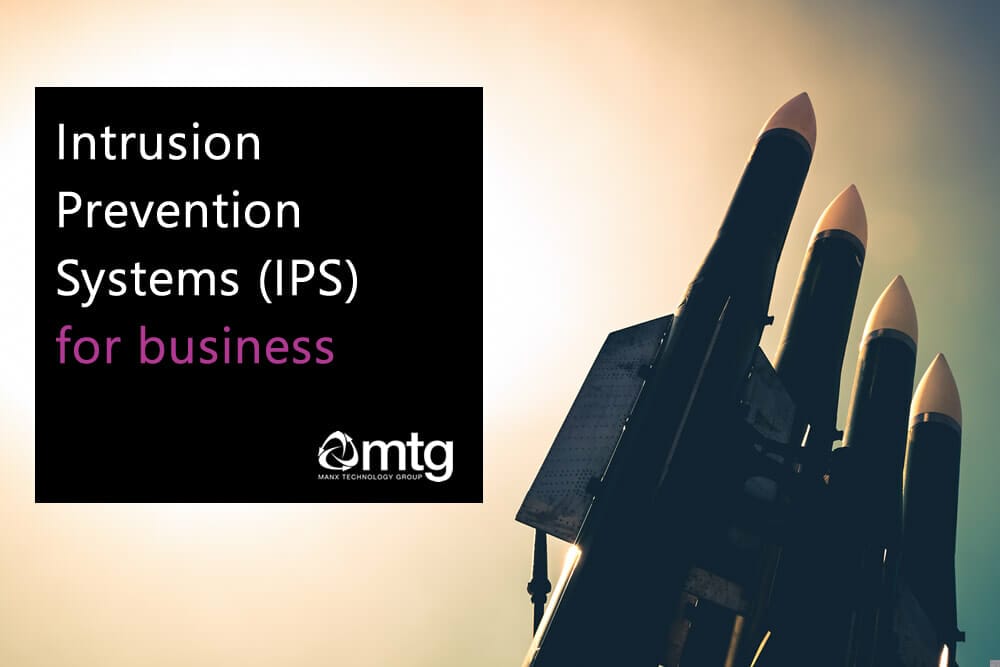Monitoring bathing water quality with IoT reduces cost, improves coverage and provides real-time measurements. The use of IoT technology offers rich datasets and real-time alerting for bathing water or pollution events.
The sea, rivers and lakes are used for a wide range of recreational activities including swimming, diving, fishing and sailing. The quality of bathing water is not only crucial for public health reasons; clean, pollution-free water is necessary to maintain aquatic ecosystems.
When authorities measure bathing water, they typically reference the EU Bathing Water Directive 2006/7/EC standard, measuring the following:
- Intestinal enterococci (IE)
- Escherichia coli (EC)
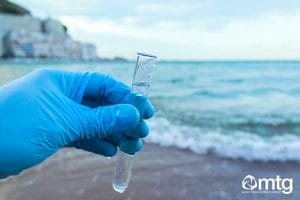
The importance of measuring these two items relate to public health and the risk of gastrointestinal illnesses and related health risks. Sources of polluted water and faecal matter include untreated sewage outfalls or emergency/storm overflows. Faecal coliforms in water can also exist next to agricultural land with high livestock densities.
Many authorities will also choose to measure:
- BOD – Biological oxygen demand
BOD determines the concentration of organic matter which determines the ‘oxygen demand’ – impacting dissolved oxygen levels. - COD – Chemical oxygen demand
COD is an alternate test for BOD, and can be used to test wastewater that is too toxic for BOD tests. - TOC – Total Organic carbon
Measures the total count of carbon in organic compounds in water.
The traditional approach to measuring coliforms
Current approaches for measuring bathing water quality involve taking samples of the water, incubating in the lab, applying a reagent then using a comparator to determine the counts. The analysis process can take anywhere from 12-48 hours, up to several days (depending on the vendor), while the coliforms grow and metabolise.
The two recommended standards for taking these measurements include:
- ISO 7899-1 – Water quality — Detection and enumeration of intestinal enterococci
- ISO 9308-3:1998 – Water quality — Detection and enumeration of Escherichia coli and coliform bacteria
Ideex is one company who produces test kits (Colilert ) that can check for the presence of coliforms.
Disadvantages
- There is a lag between from when the measurement was taken, to when the results are received.
- The error-rate can be as high as 15%.
- Real-time alerts and regular intervals of testing are not possible.
- Handling/storage can influence reading and adds to what-is an already manual process.
Internet of Things (IoT) sensors for bathing/wastewater monitoring
Internet of Things (IoT) technology enables new, automated ways of measuring bathing water quality, in real-time, with the results transmitted back wirelessly.
These new methods of measuring bathing water quality with IoT sensors can be used to complement existing measuring activity (alongside traditional methods) – or deployed along the coastline or body of water to provide a richer dataset, indicating trends and potentially the source of any pollution.
Monitoring Coliforms with IoT
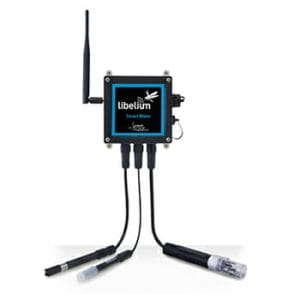
Developments in sensor technology have led to innovative new ways of measuring coliforms in water using fluorescence (Tryptophan-like fluorescence) – an optical signal associated with amino acid/proteins.
This next-generation of IoT sensors can measure total, e-Coli and faecal coliform counts accurately, without the need for human intervention or lab testing.
Monitoring BOD/COD/TOC with IoT
Using similar technology, generally, there are two types of IoT sensor used to measure BOD/COD/TOC:
- Optical sensors that use intrinsic fluorescence of organic matter using spectroscopy.
- UV-Vis sensors that utilise spectral absorption coefficient.
The optical sensors for BOD/COD/TOC also measure Coliforms.
The UV-Vis sensors use the concept of spectral absorption coefficient (at 254nm). Studies have found that the spectral absorption coefficient serves as a reliable, real-time early warning proxy for detecting the of faecal pollution events (such as sewage leaks or treatment failures).
Use-Cases
- Monitoring bathing water quality.
- Monitoring effluents for compliance (sewage treatment, whisky distilleries, industry).
- Identification of cross-connected sewers (i.e. sewage waste connected to storm-water, and vice-versa).
- Sewage overflow monitoring or systems issues.
- Optimisation of wastewater treatment.
- Monitoring bodies of water to determine trends and origin of pollutants.
Measuring bathing water quality with Microsoft Azure
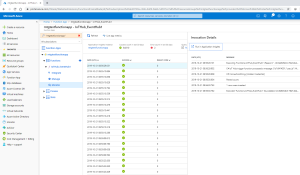
Once the measurements have been taken, the results can be sent back to an application or database server for real-time analysis, mapping and alerting. The analytics platform for coliforms and bathing water can use Microsoft Azure, where the user can then benefit from IoT Hub and the full range of Microsoft Azure cloud services.
Local authorities, agencies and utility companies who help from IoT sensors can realise additional value by leveraging the rich set of IoT services and applications available within Microsoft Azure.
Will IoT replace existing methods?
Given the measurement of bathing water and wastewater is often dictated by external bodies, often they prescribe the process and methodology required to comply with their testing process. For that reason, IoT is not seen as a direct replacement for these scenarios. Where IoT offers a significant advantage is:
- Providing near-real-time measurements of coliforms, BOD, COD and TOC.
- Extending the coverage area of an existing testing regime.
- With a network of IoT sensors, agencies will be able to identify patterns and trends that may determine the source.
- Rich datasets allow for detailed analysis against other variables such as geolocation, weather, tidal patterns, time-of-day, etc.
When we promote the use of IoT, we always encourage our customers to review the data-sheets and lab reports to ensure their suitability.
What else can I measure?
Our Smart Water sensors can also be used to measure Dissolved Oxygen, ORP, Nitrates and water levels. You can also measure pollution levels using Microsoft Azure and IoT.
Find out more
IoT can be used to measure bathing water quality, wastewater quality, and pollution levels. If you are a local authority, environmental agency, commercial organisation or utility company and you would like to learn more, please speak to our IoT solutions team.
We work with organisations and systems integrators; from as early as the POC stage, right through to production deployments. Our talented IoT team can assist with the design, implementation, communication and software development requirements of any project.,
To speak to our team, e-mail sales@mtg.im, call +44 1624 777837 or click the Request a Quote form on our website.

